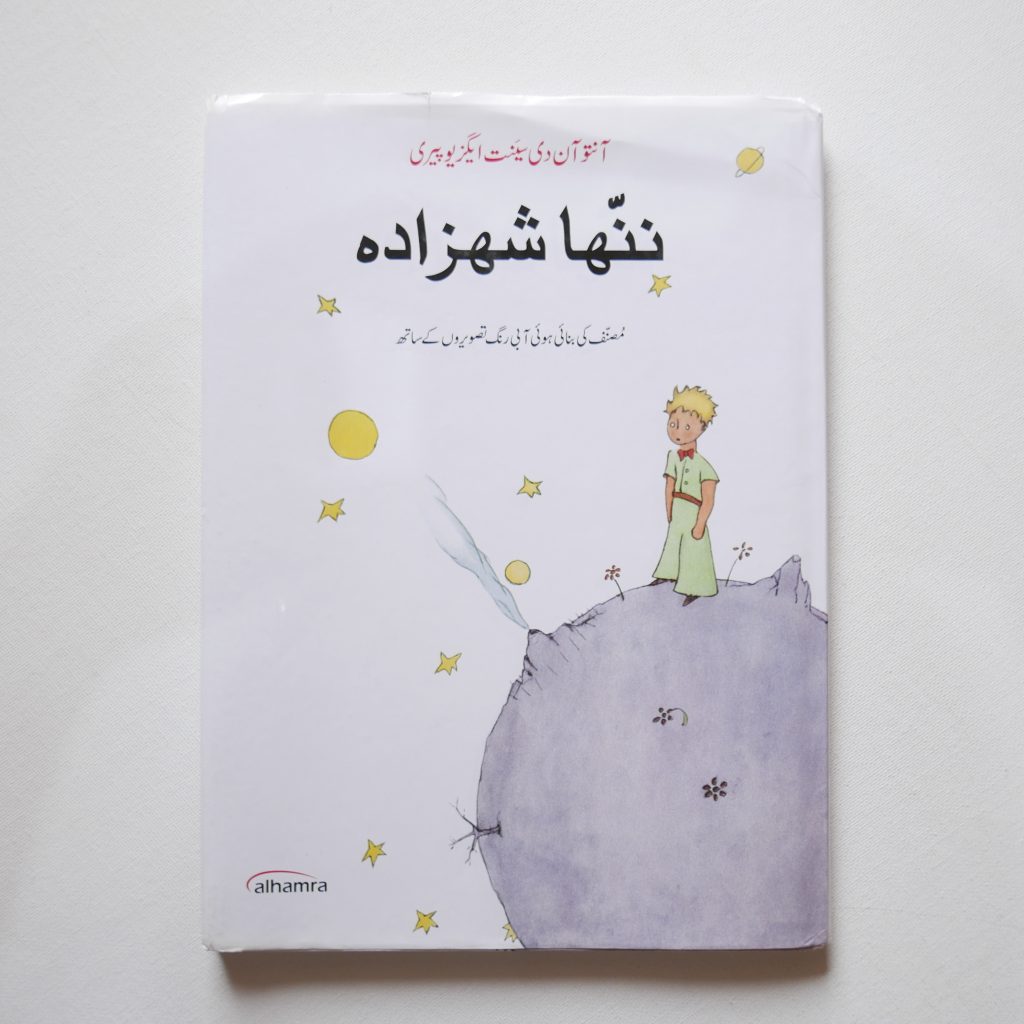
Nanha Shahzadah (ننهاشهزاده) – in Urdu.
Urdu language, with its rich cultural and historical context, is an integral part of South Asia’s linguistic landscape. Urdu is an Indo-Aryan language, which is a branch of the larger Indo-European language family. It shares its roots with many other languages in South Asia, including Hindi.
Urdu is the national language of Pakistan and one of the 22 scheduled languages of India. It serves as a lingua franca in Pakistan, bridging linguistic gaps between various regional languages.
Urdu is written in a modified form of the Perso-Arabic script, known as Nastaliq. This script is cursive and highly calligraphic, adding to the aesthetic appeal of written Urdu. Phonologically, Urdu includes sounds from Persian and Arabic, contributing to its distinct pronunciation and vocabulary. It has a rich vocabulary influenced by Persian, Arabic, Turkish, and Sanskrit. It often employs Persian and Arabic loanwords for literary and formal contexts, while retaining a substantial base of Indic words for everyday use.
Urdu evolved in the Indian subcontinent during the Delhi Sultanate and Mughal Empire (12th to 18th centuries). It developed as a lingua franca, facilitating communication between the diverse populations of the region. It has a profound literary tradition, particularly in poetry. Renowned poets like Mirza Ghalib, Allama Iqbal, and Faiz Ahmed Faiz have enriched Urdu literature with their ghazals (lyrical poems) and nazms (poems). Urdu prose is also significant, with a rich collection of novels, short stories, and essays. Urdu holds an important place in Islamic culture in South Asia. It is the language of many Islamic religious texts and teachings, which has cemented its role in the cultural and religious identity of many Muslims in the region.
Urdu and Hindi originated from the same linguistic base, the Khariboli dialect of Delhi and surrounding areas. Both languages share a significant amount of grammar and core vocabulary. The primary difference between Urdu and Hindi lies in their scripts and formal vocabularies. Hindi is written in the Devanagari script and draws heavily from Sanskrit for its formal and technical vocabulary. In contrast, Urdu uses the Perso-Arabic script and incorporates many Persian, Arabic, and Turkish words. Despite these differences, colloquial Urdu and Hindi are mutually intelligible to a large extent.


